Affiliate links on Android Authority may earn us a commission. Learn more.
Remember when budget Windows Phones ran better than cheap Android phones?
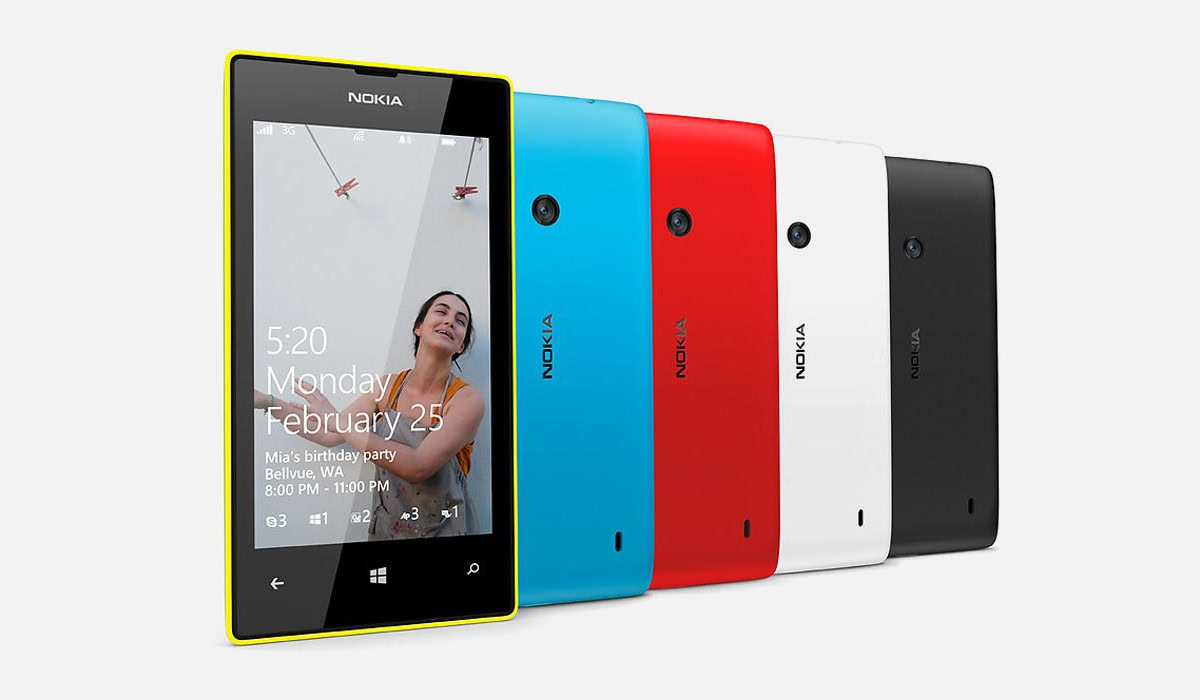
This past week marked the anniversary of Nokia being acquired by Microsoft back in 2011, signalling the beginning of the end of Nokia in the smartphone space (until HMD resurrected the brand).
A lot has been said about the Windows Phone brand, the glaring lack of apps that then scuppered the platform, and Microsoft’s frequent platform reboots that left users in the lurch.
People might also remember Windows Phones as being one-trick ponies (at least the Lumia devices), delivering great camera quality but not much else. But few people remember there was a time when budget Windows Phones offered smoother experiences than even the best budget Android phones.
Android finding its feet
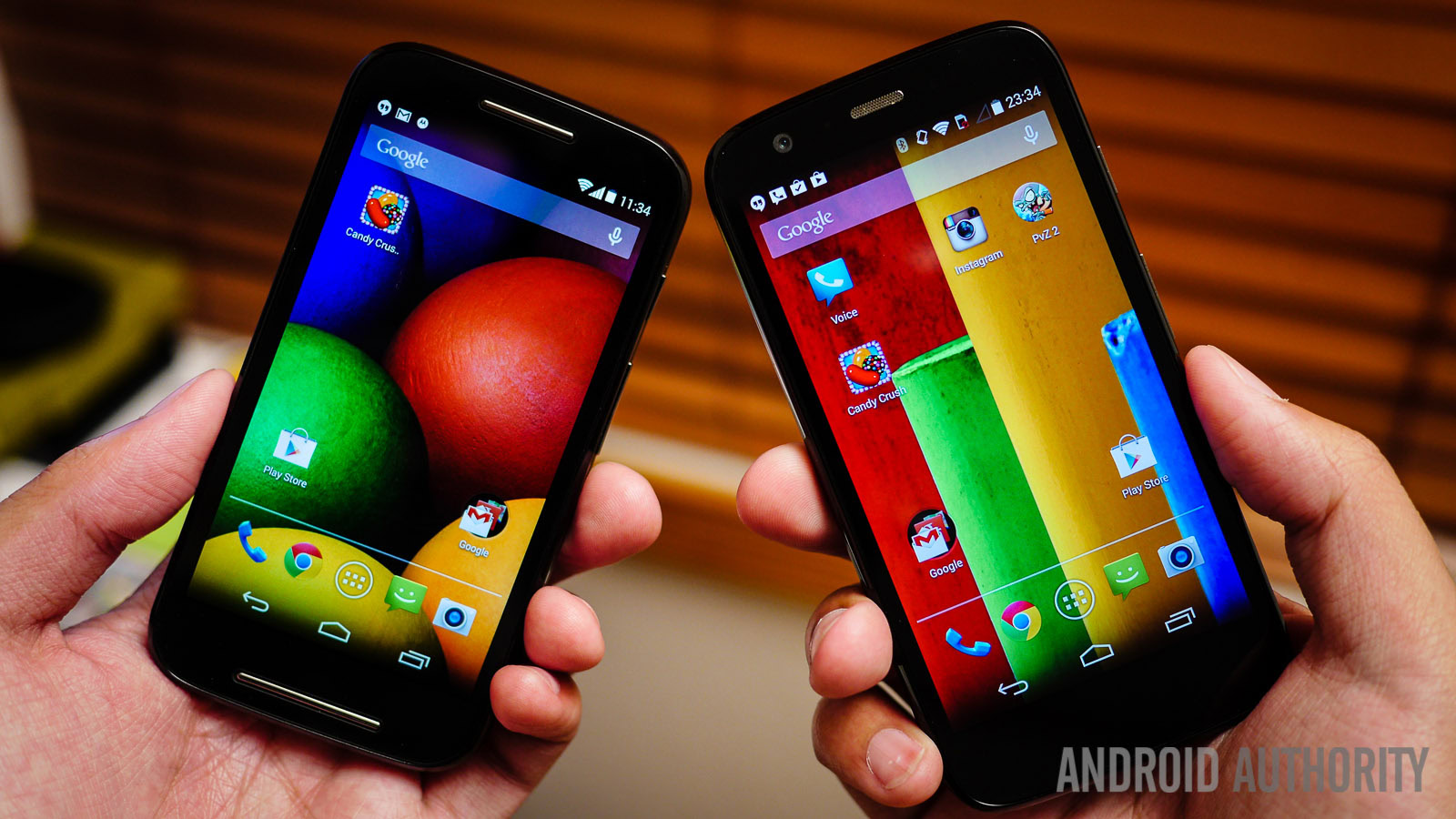
It’s easy to think of budget Android devices today as relatively smooth, feature-packed phones. But the situation was pretty disheartening back in the heady days of Android Ice Cream Sandwich and Jelly Bean.
Sure, there were the likes of the sub-$200 Moto G series, offering a pretty smooth experience and several updates. But these handsets were the exception rather than the rule. More often than not, buying a $100 to $150 Android phone meant you were stuck with a stuttering device that was sorely lacking in storage.
The mobile landscape was littered with examples of phones like this at the time, such as the Samsung Galaxy Pocket series, the Sony Xperia E1, HTCDesire U, and Alcatel’s low-end wares.
Great budget Android phones weren't exactly bountiful back in 2012 and 2013.
Cheap Android phones of yesteryear often suffered from performance issues, owing to manufacturers compromising on specs, and brands going overboard on Android customization. The platform also suffered from poor optimization at the time, although it’s tough to blame Google when Android was so versatile to begin with.
Google certainly didn’t twiddle its thumbs, and served up Project Butter and TRIM in 2012. These initiatives were part of a bid to deliver a smoother UI and improve performance over time. Even with these initiatives though, there was no escaping the fact that cheap Windows Phones often felt smoother than similarly equipped Android devices.
How did Microsoft do it?
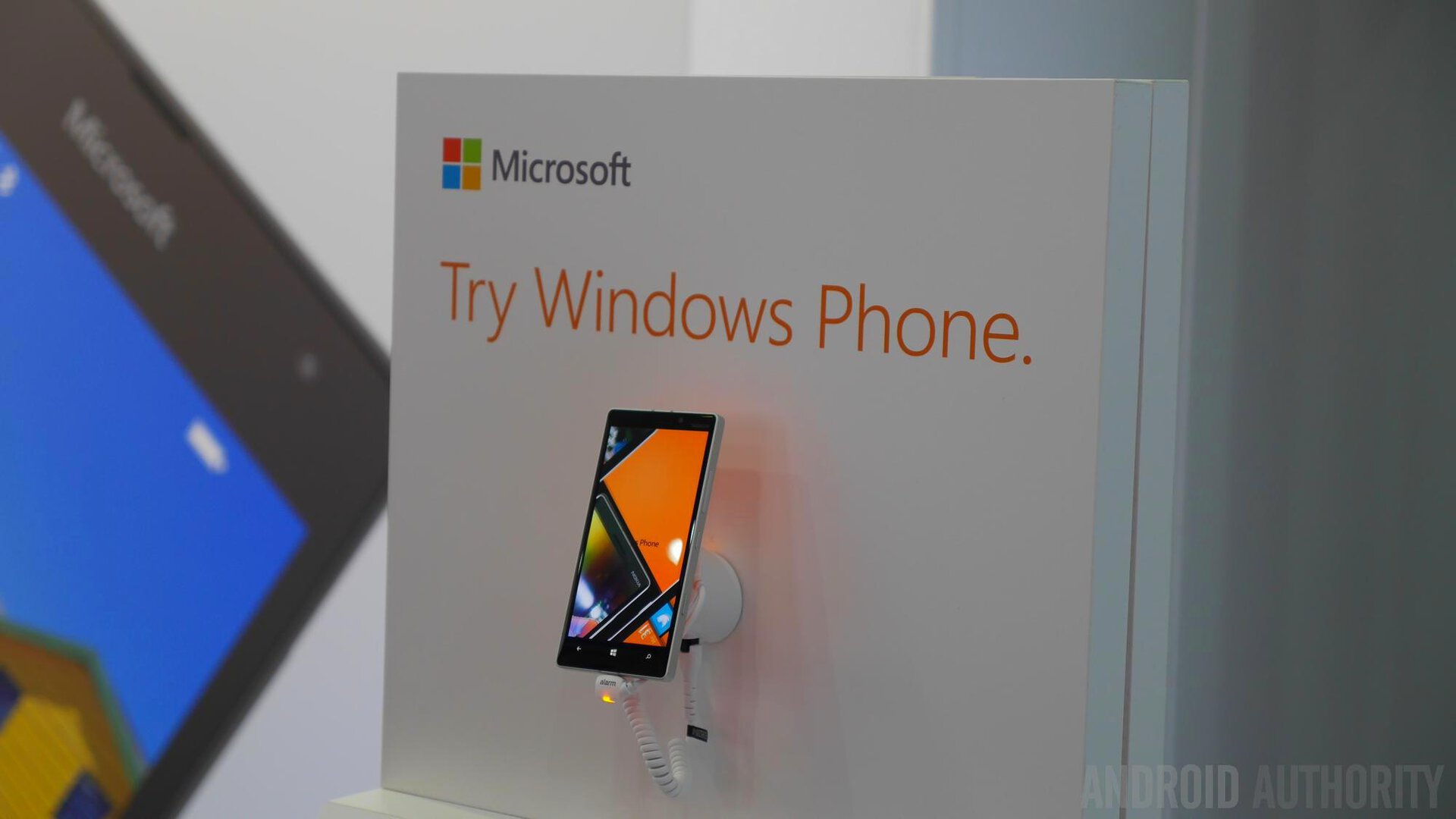
A big reason why the platform was much smoother was due to Microsoft laying down a set of minimum requirements for manufacturers. Windows Phone 8, for example, required a dual-core processor, 512MB of RAM, and 4GB of storage.
This set of requirements ensured solid performance on even the cheapest phones. In fact, the only real tell-tale sign of a budget Windows Phone was that you’d tend to see a “resuming” screen for a few seconds when hopping between apps. But stutter, lag, and other performance issues were generally absent on the platform.
Aside from the mandated requirements, Microsoft also deserves some credit for the smooth performance of Windows Phone thanks to its insistence that no one was allowed to significantly modify the interface. The so-called Metro UI was consistent across phones from HTC, Nokia, Samsung, and others. No TouchWiz, HTCSense, or Timescape UI here.
Redefining budget expectations
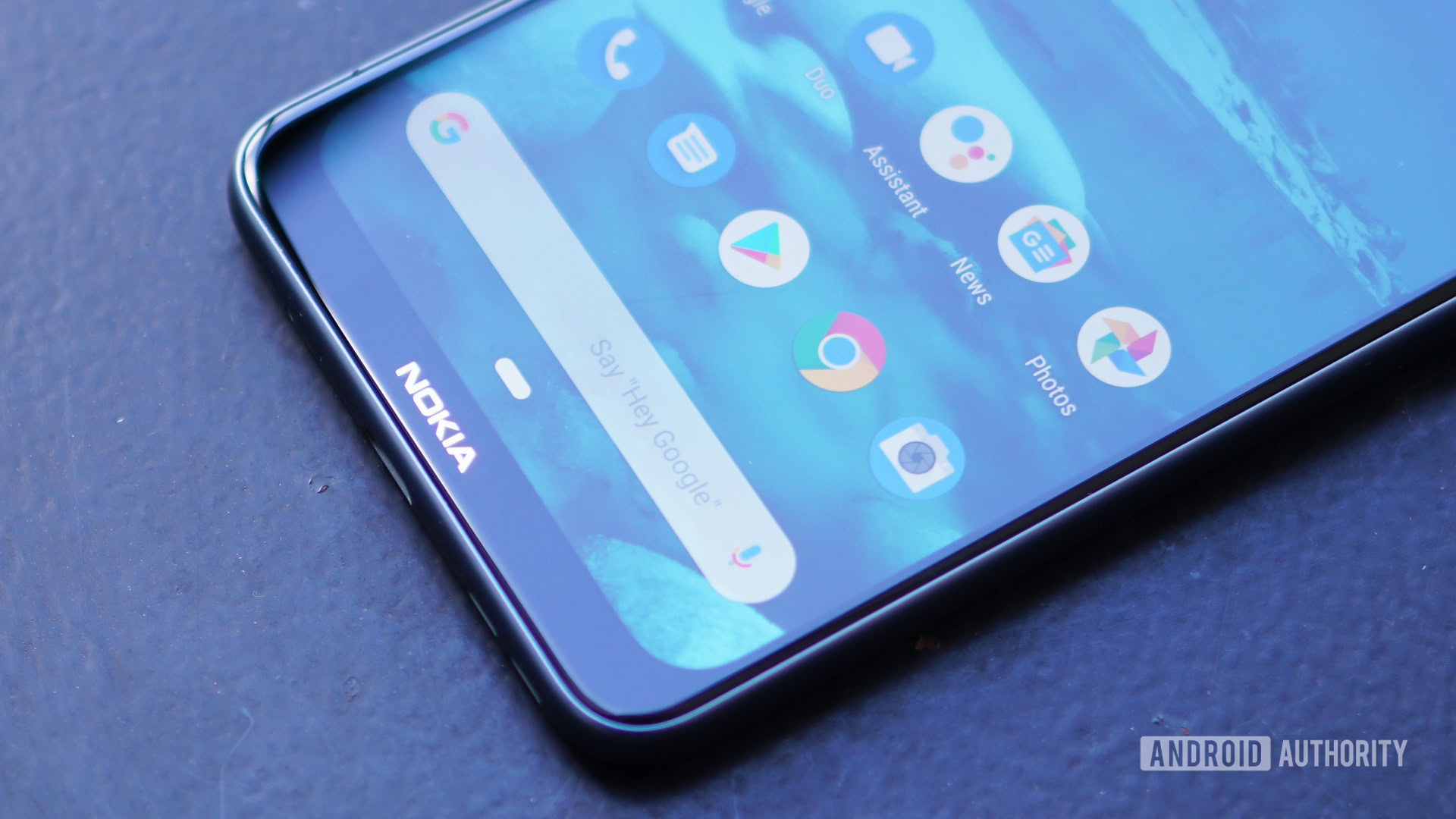
You only need to take a look at phones like the Lumia 520 for proof of the platform’s smooth nature. For roughly $100, you got a dual-core processor, 512MB of RAM, and 8GB of expandable storage, and a 5MP rear camera. It’s no wonder that it was reportedly at one time the most popular Windows product, period (including PCs and tablets). Cheap yet slick phones like these helped make Windows Phone more popular than iPhones in the likes of Italy back in late 2013, according to Kantar.
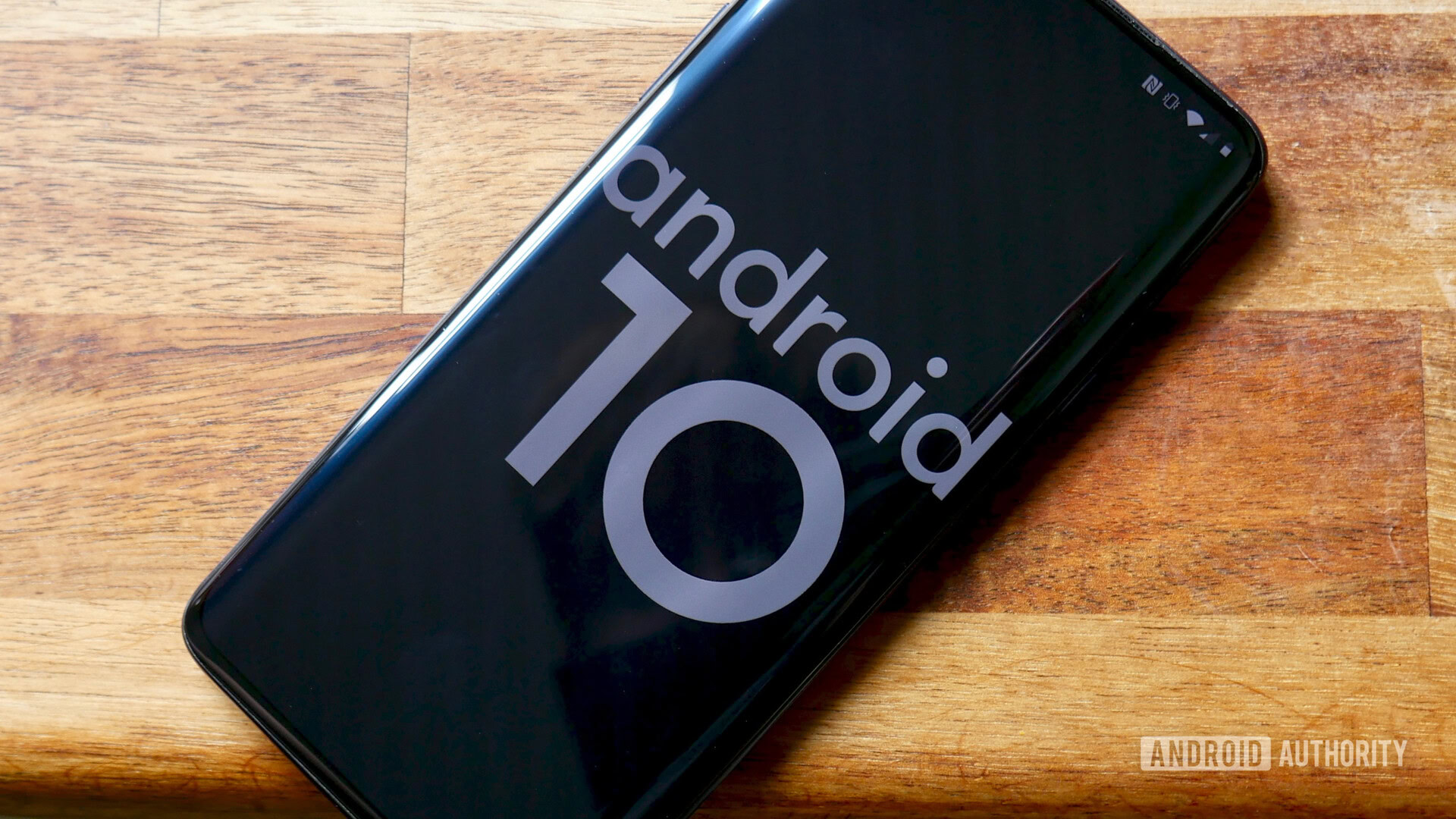
Those days of Windows Phone optimism are long past us though, and you certainly can’t argue that Microsoft was anywhere close to taking down Android. But you might be able to argue that Microsoft’s mobile platform pushed Google to build a better, smoother Android built for low-end phones, flagships, and anything in between.
Microsoft offered features like the ability to install apps on a microSD card, dual-SIM support, and a battery saver mode. And these features are all important for budget phones in emerging markets. Google only offered native multi-SIM support in Android 5.1 in March 2015 — roughly a year after Microsoft added it in the 8.1 release. The company was also slow to offer a native battery saver mode, with the likes of Sony filling the gap until Google delivered the feature in 2014.
There are a few more examples of nifty Windows Phone features later adopted by Google or OEMs, such as Data Sense for data tracking/saving, and Wi-Fi Sense to easily share Wi-Fi passwords with others.
You have to try really hard to buy a bad budget phone running Android in 2019.
More recently, Google also moved to address performance woes on cheap hardware with Android Go. This is a lightweight version of Android, but the company instituted some requirements here — Google says Android Go requires devices to have at least 512MB of RAM — in order to ensure a good experience, possibly taking a page out of Microsoft’s book.
Between Google’s efforts and fierce competition from OEMs, budget Android phones seem to have overcome their performance woes though. With devices like Xiaomi’s Redmi phones, the Moto E series, Realme devices, and, in a somewhat poetic turn of events, HMD Global’s affordable Nokia-branded entourage of Android One and Android Go phones, you have to try really hard to buy a bad budget phone running Android in 2019.
That wasn’t always the case though, so spare a thought for those forgotten, oft-maligned Windows Phones that, for a time, had a significant edge over its cheaper Android rivals.